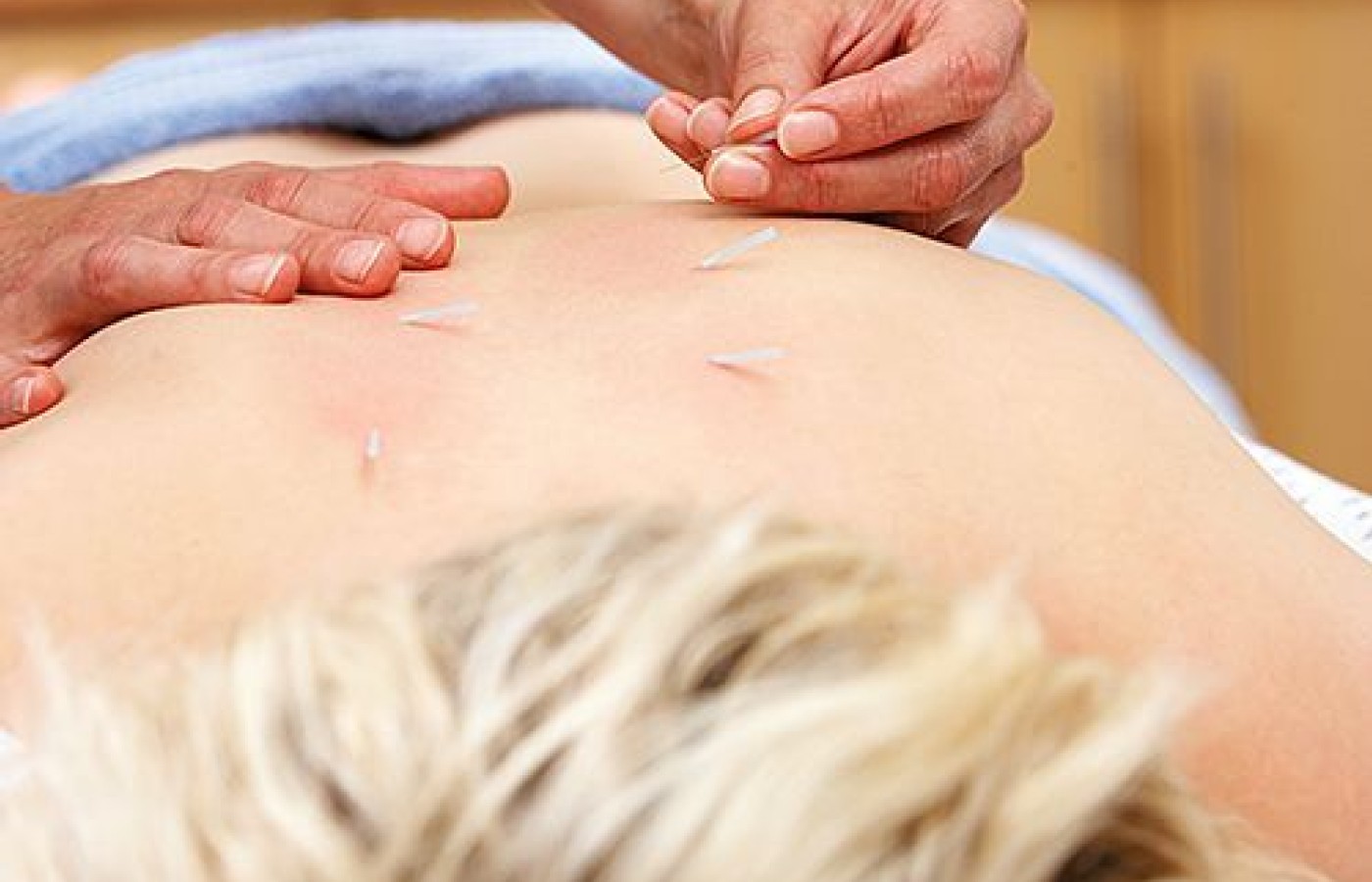Whether you accept it, avoid it or live somewhere in between, insurance coverage has become a defining issue for our profession. Patients increasingly expect to use their benefits, practitioners want to be compensated fairly for their time and expertise, and the system itself remains – at best – fragmented. The encouraging news is that coverage has expanded in meaningful ways. The challenging news is that reimbursement, across the board, remains inadequate.
The Spirit of the Point
"The young physician starts life with 20 drugs for each disease, and the old physician ends life with one drug for 20 diseases." - Dr. William Osler
After receiving a large amount of positive feedback on my San Zhen Protocols series, I have decided to focus this article on some relevant clinical aspects of acupuncture therapy prior to moving on to San Zhen Protocols III. It is important for the student and the experienced clinician alike to keep in mind they there is no particular magical combination of points which will affect miraculous cures.
There are some important foundation components to keep in mind before one attempts to use any type of point combination. I will touch upon some important foundational points for students and clinicians to consider in the therapeutic environment. One of the most important classical texts, which I consistently study and turn to for clinical reference is the Ling Shu, or the Spiritual Pivot. Although quite dense and technical at times, the Ling Shu also lists some vital basic ideas which any practitioner can implement in the daily clinical setting.
Ling Shu Chapter 9
"One must calm the patient who is fearful and scared before needling them. If a patient comes by carriage, let him/her lie down and rest for a time of eating a meal before needling. If a patient comes by foot, let him/her sit down and rest for the time it takes to walk ten li before needling."
The above paragraph although quite simple in expression reveals an important foundational aspect of successful acupuncture treatment: the patient must be calm and relaxed in order to receive the maximum benefit from the use of the needle to affect the qi dynamic. No special three-point combination or magical esoteric acupuncture technique will overpower this crucial idea. Therefore, it is important for clinicians to always keep this in mind before administering acupuncture. Allow the patient time to sit and relax before rushing into a treatment modality. This also means that the clinician needs to schedule patients in an organized fashion as to avoid having to rush into treatments without a calm and clear mind; both the patient and the clinician must be in a calm and relaxed state to receive maximum benefit from the use of acupuncture. No special needle, avant –garde pulse diagnosis, or magical acu point will supersede this fact.

"At the time of needling, the acupuncturist should be in a room with closed doors and windows so as to fully concentrate on the needling not distracted by any noise."
This simple statement is pregnant with meaning for the student and clinician alike. Once the patient has had ample time to sit and relax and the clinician has also entered into a calm focused state to clearly establish treatment protocol via traditional examination methods, all small talk should dissipate. At this point the clinician must focus all attention upon the needle and its effects upon the patient's unique qi dynamic. This factor is also more important than a specific acupuncture point combination or trendy technique. When one's state of mind is calm and focused, even 1-2 points can have a dramatic effect upon the qi dynamic of a patient who is relaxed in a quiet space. Subtle effects can become apparent and the attention must be paid to both the clinician's sense of qi and the feedback of the patient to needle stimulation.
Ling Shu Chapter 1
"It will result in essence depletion if one does not remove the needle immediately after the technique is completed; and it will result in retention of the pathological Qi if one removes the needle before the technique is completed."
This is a very simple yet elegantly complex verse which implies various levels of discussion. In this short article, it is used to emphasize the importance of attention. The idea of mechanically inserting needles and then leaving the patient for 30 minutes is quite common in both student and professional clinical settings. This verse as well as the aforementioned verse from chapter nine clearly represents a dramatically different clinical setting.
The clinician must pay attention to various clinical aspects during the treatment and not ignore important cues which may be important clues as to the waxing and waning of the patient's qi dynamic. This can include patient's personal feedback, the patient's pulse, needle sensation etc. It is beyond the scope of this article to cover such aspects however the vital take home point is that attention is paramount before AND during the acupuncture setting. A specific three point combination can have unique effects in different patients based upon the seasons, time of day, unique constitution of the patient just to name a few influences. Therefore the clinician must focus the attention closely before and after the needles have been inserted.
This is an important prelude to our further in-depth discussions on San Zhen therapy. In the next articles, I will continue more discussion on three point combinations, specific needle techniques to be used with various point combinations and use case studies to reveal a comprehensive clinical paradigm for effective San Zhen therapy. However no matter how many point combination we memorize or discuss, we cannot ignore the vital foundational aspects which the classical texts highlight. We must remember the sobering words in the preface to the Ling Shu: "As an acupuncturist one must read classic acupuncture books. There are people who read and do not become qualified acupuncturists, but you cannot become a qualified acupuncturist unless you read the classic texts."



